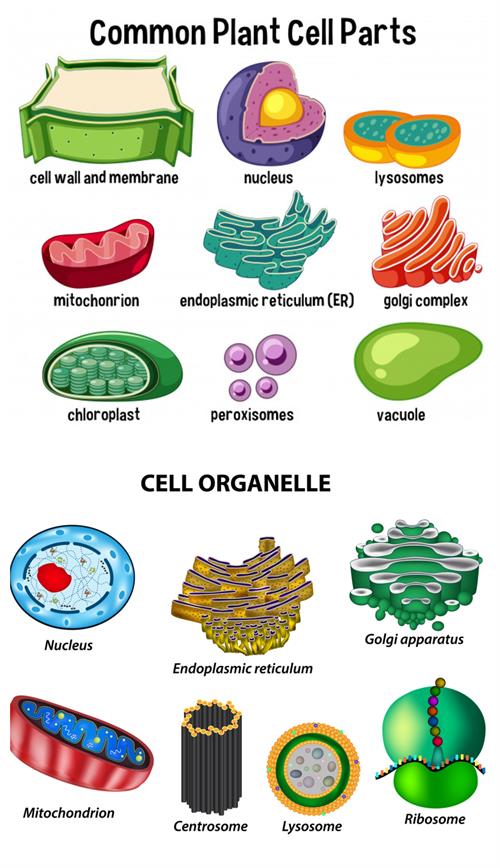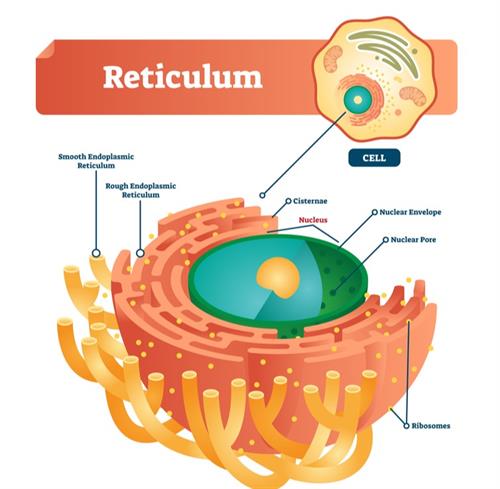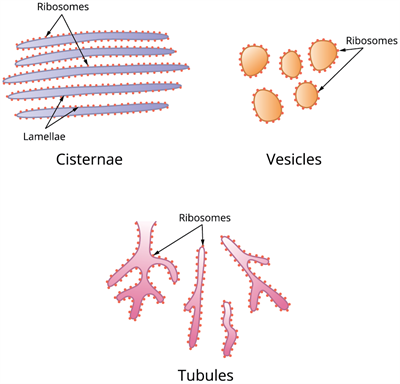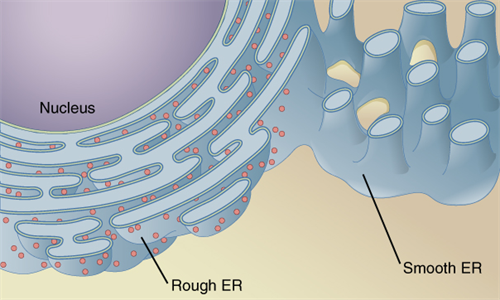PDF chapter test TRY NOW
In the previous subtopics, we have seen that all living things are made up of cells. Cells are the smallest structural and functional unit of an organism. But do you know that cells are built up of specialised structures? Let’s learn about them.
Could you describe how your school works? You may have noticed different people filling different positions in your school's organisation. There are principals, teachers, watchmen, and gardeners, among other people. These individuals are required to keep the school running smoothly.
Similarly, for a good functioning of the cell, the cell has structures that perform specific functions. These structures perform specialised functions within themselves are called cell organelles. These cell organelles are the main characteristic feature that differentiates eukaryotic cells from prokaryotic cells.
The study of cell structure and function of plant and animal cells is known as Cell biology.
Cell organelle
There are various cell organelles present inside the cell, out of which, some are common in most of the cells such as, nucleus, golgi apparatus, vacuoles, mitochondria and endoplasmic reticulum. However, some organelles are specific to a particular type of cell. For example, plastids and cell walls present only in plant cells. Likewise, centrioles are present only in animal cells.
Plant and animal cell organelles
Do you know the manufacturing sites of proteins and lipids?
Protein, a building block of our body and lipids, the energy reservoir are two major components in the functioning of our cells. The cell organelle, which is responsible for the production of these components is endoplasmic reticulum.
Endoplasmic reticulum
It is a three-dimensional , complicated and interconnected system. It has membrane-lined channels running through the cytoplasm and is made up of membranous sheets and tubules. It extends from the outer nuclear membrane and through the cytoplasm.
Cisternae are spaces within the folds of the ER membranes. The shape of the membrane is long tubules round or oblong bags (vesicles). ER membrane is similar in structure as like plasma membrane. ER appears in different forms in different cells of an organism. It always creates a network system. It occurs in three different forms.

Endoplasmic reticulum
Parts of Endoplasmic reticulum:
Cisternae: They are flat interconnected sac-like parts of ER.
Vesicles: They are oval or rounded sacs which appears like small vacuoles.
Tubules: They are tube-like extensions, which may be connected with cisternae or vesicles to form a network system.

Parts of ER
Depending upon the membrane’s nature, ER is of two types, both the types are present in plant and animal cells.
1. Rough endoplasmic reticulum: When we observe RER under a microscope, it looks rough. Membrane of the RER is studded with protein-synthesizing organelle known as ribosomes, which are the protein synthesis site. The ribosomes can be found in all active cells. RER is mainly consists of cisternae.
2. Smooth endoplasmic reticulum: Smooth endoplasmic reticulum is looked smooth when observed under a microscope because it doesn’t have ribosomes studded on its surface. It is associated mainly with lipid (fat) and steroid hormone synthesis. SER primarily consists of vesicles and tubules.

Picture depicting the rough and smooth endoplasmic reticulum
Function of endoplasmic reticulum:
- RER is the site of protein synthesis.
- SER synthesize lipid molecules, which helps to build cell membrane. This process is called as membrane biogenesis.
- It helps intercellular transport of proteins. It is one of the major transport system of the cell.
- It functions as a cytoplasmic structural framework and gives mechanical support to the cell.
- It provides surface for some of the biochemical activities of the cell.
- SER plays a crucial role in the detoxification of drugs in liver cells.
- Specific proteins and lipids produced by ER act as enzymes and hormones.
Reference:
https://www.freepik.com/premium-vector/common-plant-cell-parts_2737190.htm
https://upload.wikimedia.org/wikipedia/commons/e/e8/0313_Endoplasmic_Reticulum_a_en.png
